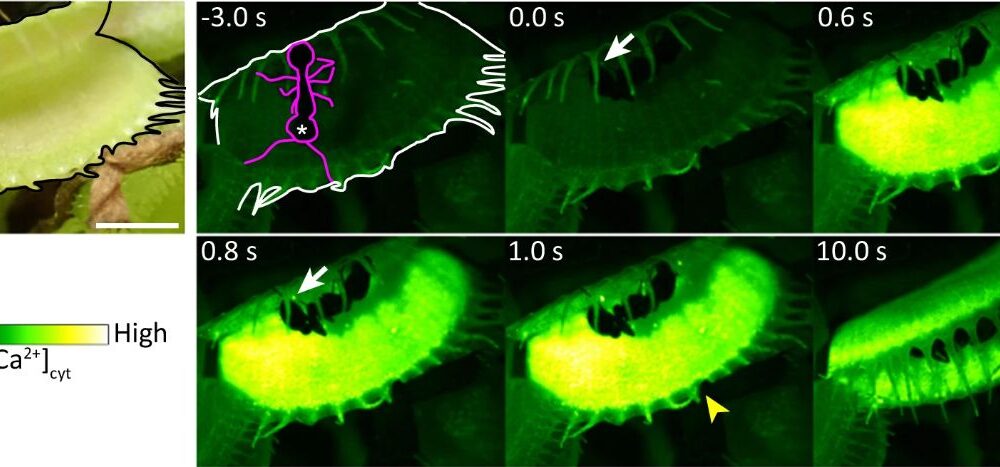An independent report by researchers at Cleveland State University has provided an in-depth analysis of the ShotSpotter gunshot detection system utilized by the Cleveland police. The comprehensive 185-page document, commissioned by the city, examined approximately 87,000 alerts and included surveys from both police personnel and local residents to evaluate the technology’s effectiveness.
Mixed Results on Crime Deterrence
The central finding of the report indicates that while ShotSpotter enhances police response times, it does not effectively deter crime. The research confirmed that the system accurately identifies the time and location of gunfire, enabling police to arrive at incidents significantly faster—often up to four minutes before the first 911 calls are received. Despite this advantage, the report aligns with previous investigations by cleveland.com and the Plain Dealer, which found that ShotSpotter rarely contributed to criminal investigations and did not lead to a measurable reduction in crime rates. Representatives from ShotSpotter have acknowledged this limitation.
Strain on Police Resources
Another crucial issue raised in the report is the burden that ShotSpotter places on an already stretched Cleveland police force. The system generates an average of 21 high-priority alerts each day, overwhelming officers who are currently operating with 1,151 personnel against a budgeted strength of 1,350. Given that ShotSpotter alerts are designated as the highest priority, they divert officer resources from other calls, creating a scenario where response times for different types of incidents may suffer. This demand on resources raises significant concerns about public safety and police efficacy.
Financial Considerations for the Future
Cleveland’s financial commitment to ShotSpotter is considerable, with annual expenditures reaching $914,250. The current contract is due to expire in April 2024. Previously, much of the funding for this system was derived from the federal American Rescue Plan Act, which is no longer available. Mike Polensek, Chairman of the Public Safety Committee, indicated that if the city opts to continue with ShotSpotter or pursue similar technology, funding will need to come directly from the city’s general fund. This situation compels city officials to assess the technology’s benefits, such as improved response times, against its substantial costs and negligible impact on crime reduction.
Evaluating Alternative Technologies
As the city contemplates its options, legislation has emerged that may lead to a potential switch from ShotSpotter to a comparable system developed by Flock Safety, the provider of Cleveland’s automated license-plate readers. This potential transition has sparked skepticism, particularly following the departure of former Councilman Kerry McCormack, who took a position at Flock Safety. Although McCormack has assured that he has not engaged in discussions with the city regarding this technology, Councilwoman Rebecca Maurer has called for a formal and transparent “request for proposal” process. Maurer emphasized the necessity of following established protocols to maintain public trust and to avoid any appearance of conflicts of interest.
The findings of the CSU report bring to light critical considerations for Cleveland’s approach to gunshot detection and police resource management. As the city navigates these challenges, the balance between technological benefits and financial implications will remain a key discussion point among city officials and residents alike.







